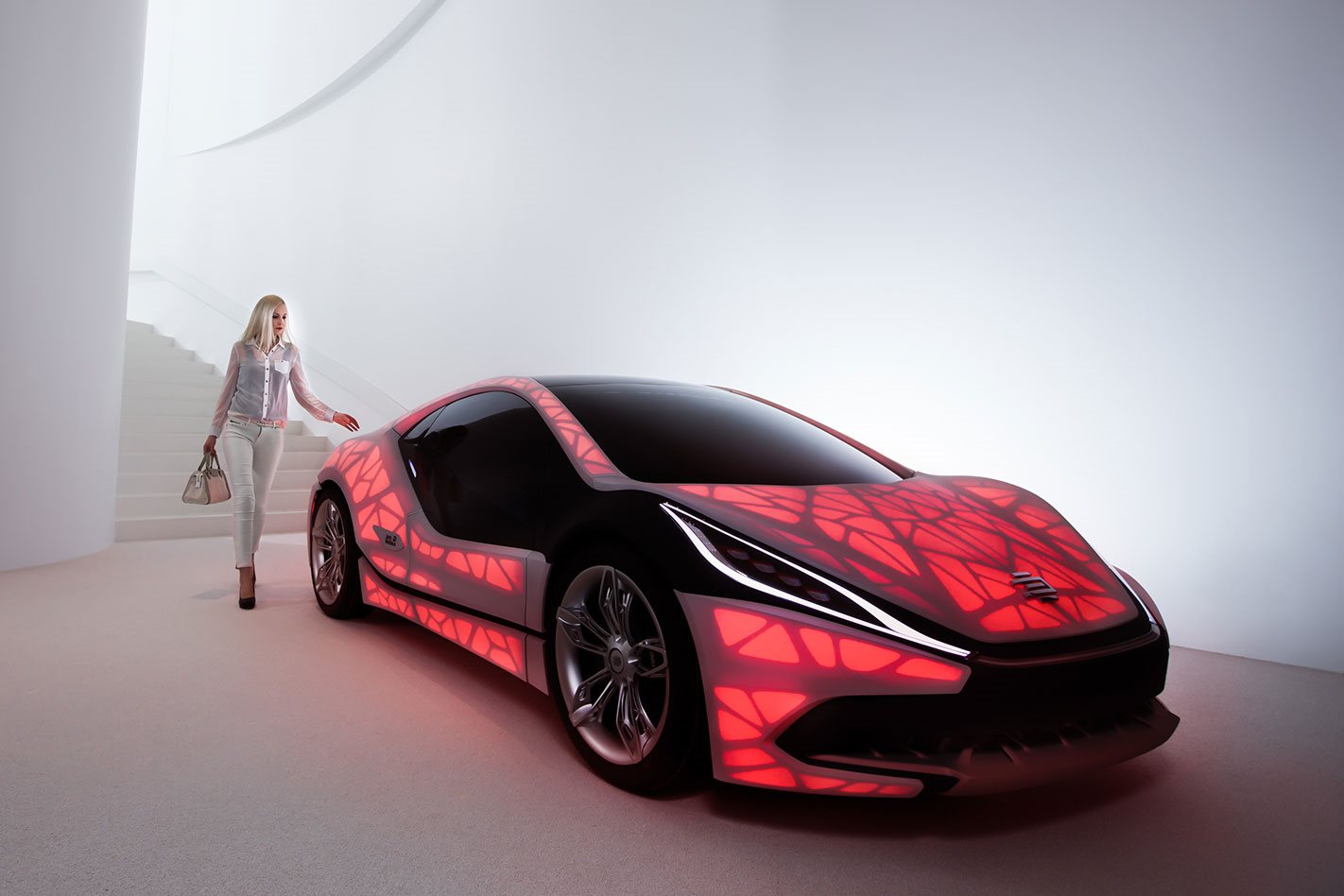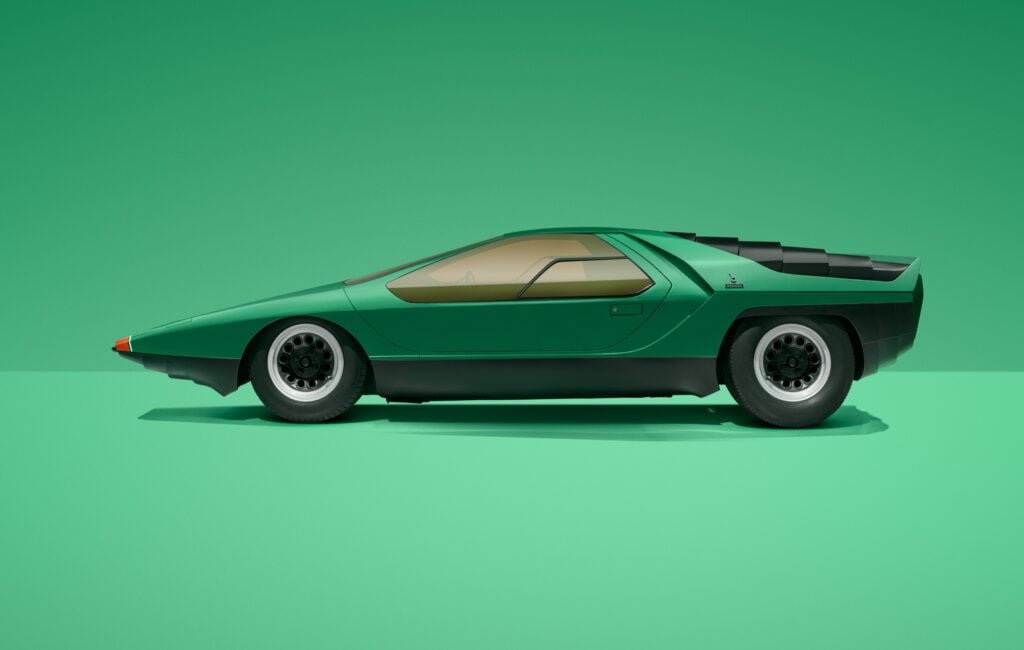
Concept cars aren’t necessarily made for people’s driveways, but they do often show how a revolution can be born from a simple idea.
In 2008, then-BMW design chief Chris Bangle introduced a car concept so out there that nobody has come close to replicating it – until now. GINA was her name, and she was a shape-shifting car.
GINA stands for Geometry and Functions in ‘N’ Adaptations, a suitably obscure acronym for such a revolutionary design. Bangle’s team had been working on GINA since 2001, in order to demonstrate how car design could employ unconventional materials, technologies and design features that all work together. GINA’s skin was translucent polyurethane-coated Spandex wrapped around a moveable, aluminium-wire frame. When her winged doors lifted, the Spandex pleated. Her tail-lights shone through the waterproof fabric, and her life-force, the engine, was accessed through a slit in the bonnet.
The team worked with an origami master to determine how the panels would fold if metal was used, before devising how a similar look could be achieved with textiles. The flexible outer layer and moveable inner frame meant that the car would adopt its most accessible shape while parked, and then morph into a form optimised for speed once the driver was seated.
Materials and production technologies have moved at light speed since Bangle’s exploration. Seven years after GINA was revealed, German engineering group EDAG have just unveiled a “bionically inspired” concept vehicle called Light Cocoon. The body of Light Cocoon was made using 3D printing technology, and is based on the structure of leaves and branches, engineered to maximise the vehicle’s strength while using minimal material to keep it light. The result is a bare-bones structure overlaid with a tough but delicate weatherproof fabric skin that is said to be four times lighter than printer paper.
A skeletal frame is not unusual in car design: if you strip the metal panels off any production car it’s essentially a reinforced cage, engineered to be as light and efficient as possible. The big difference here is that underneath Light Cocoon’s translucent skin are LEDs that shine through the branching frame to create patterns of coloured light on the car’s panels. It’s like a lamp on wheels.
The car isn’t intended to actually be sold as an on-road vehicle – EDAG make no mention of its powertrain. But as far as proving a point on the possibilities of vehicle design goes, this Light Cocoon makes a very bright statement.
Where Light Cocoon is a fixed-frame colour chameleon pushing the limits of 3D printing and fabric technology, the monochromatic GINA is an actual shape-shifter. Both represent an exciting paradigm shift both in the way cars are made, and the way they ‘emote’.
Sally Dominguez is a multi-award winning Australian product designer and architect now living in the USA. Her products include Nest highchair and HOG tank. She is currently running her own Adventurous Thinking tools and strategies program.



